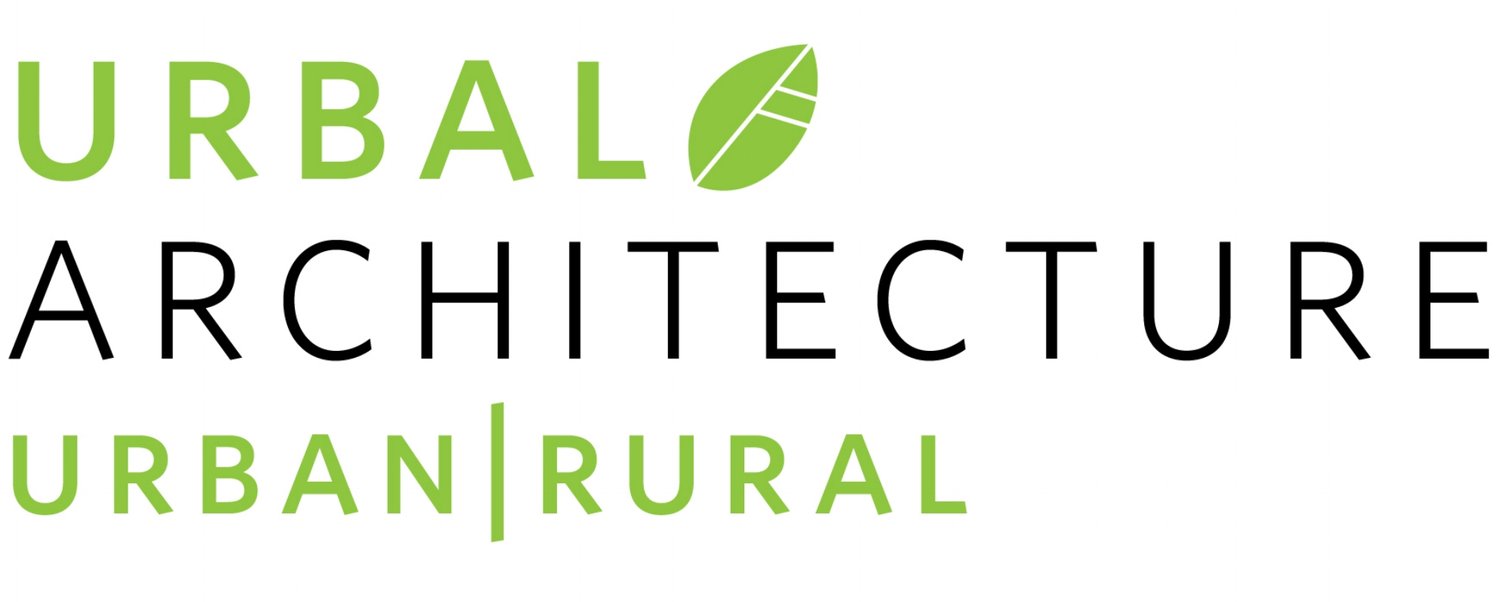Urban Design: Tent Cities
/Work in progress of a tent encampment at south Seattle. | Photo by Josh Janet
Every year, King County organizes a “One Night Count” of both the unsheltered homeless population throughout the county and those individuals staying in shelters or transitional housing. As of the January 2016 count, nearly 3,000 people were living on the streets in Seattle—a worsening crisis that the city has been trying to address for decades. Following the city’s authorization of homeless encampments in 2015, Seattle Mayor Ed Murray and King County Executive Dow Constantine declared a state of emergency to tackle its rising homelessness. This week, our Project Manager Josh discussed the use of encampments in Seattle, and shared his experience of volunteering with the set-up of encampments around the city.
Written by Josh Janet, Project Manager | PE:
Homelessness is a topic that can evoke wildly varying but passionate responses, especially when discussing how to address it. In 2015, the city of Seattle hired a consultant to provide her suggestions on how the city should respond to the growing crisis, and the report that was produced called for re-allocation of funding from transitional housing to rapid re-housing. The consultant had very choice words for homeless encampments in particular: “Encampments are a real distraction from investing in solutions. You can see it takes a lot of energy to get them running and they don’t solve the problem. You still have people who are visibly homeless, living outdoors.”
Although rapid re-housing may work for some, many local homeless housing advocates challenged that it has not shown to work for more vulnerable members of the community. Neither the report nor the consultant’s comments address that fact that if housing isn’t available today, individuals and families that are homeless don’t really have any other options.
Seattle is one of the few cities in the country that has attempted to regulate the use of encampments around the city. The Seattle Municipal Code allows encampments to be accessory uses on property owned by religious organizations and interim uses (up to three months) on other property that meet certain restrictions (such as a 25-foot buffer from residential properties). The maximum allowed number of residents is set at 100 and the site must meet a number of safety standards, including the placement of fire extinguishers and 100-person first-aid kits, designated smoking areas, power protection devices and associated safety posts. Encampments are also required to provide and maintain chemical toilets, running water (either indoors or properly discharged outdoors), and garbage removal services. Cooking facilities aren’t required but need to meet health standards.
I first volunteered with the set-up of an encampment when the Tent City Collective was provided space in a parking lot on the University of Washington’s campus, back in December (right down the street from the College of Built Environment in Gould Hall). With the three months up, the collective had to move this past weekend to another site, located in south Seattle near Renton. Less visible than the UW location, this new spot pits residents much further from services and employment and was basically a large mud pit when they were in the process of constructing the new encampment.
If you’ve never been to an encampment, wooden pallets are arranged in a 3x4 pattern for families and in a 2x2 pattern for individuals. Plywood sheathing is nailed onto the pallets, and these provide a basis for tents to be installed such that they do not need to be set on the ground (staying dryer and warmer). Each unit of pallets must be set 4’-0” apart to provide city-regulated clearance aisles for emergencies. In-between, organizers set them at 1’-0” apart to provide some space for access but also squeeze in as many tents as they can onto the site. In a separate area is the “kitchen,” a covered area where milk crates full of donated or collected foodstuffs are stored for resident use. Other supplies are stored here as well.
One of the biggest challenges for the homeless population in Seattle is security. It comes up often when the Mayor discusses the perceived need to clear out places like “the Jungle,” the area underneath I-5 between roughly South Dearborn Street and Lucille Street. In a talk at the Central Library last June, however, former and current residents of the Jungle spoke to the critical need for stability and community that the Jungle provided. If a homeless individual is on their own, it is likely that whenever they leave their tent behind with possessions in it, it is going to get ransacked. Imagine leaving your home every day and finding all of your possessions gone that evening, forced to start from scratch again the next morning. Encampments and other “village” style communities allow for individuals and families to leave for the day, whether for work, food, support services, school, or just needing a break, and return to a relatively stable environment.
As long as rapid re-housing is promoted as the primary method for addressing homelessness, there is going to be a lag between identifying the most vulnerable members of our community and actually finding affordable housing for them along with whatever support services they need. Encampments should not be seen as a city goal, but in the short-term, they provide a measure of normalcy that is better than the alternative. If you are interested in helping tent city residents in the future, whether through support or volunteering during their next set-up in three months, you can find more information on Tent City Collective’s Facebook page.










